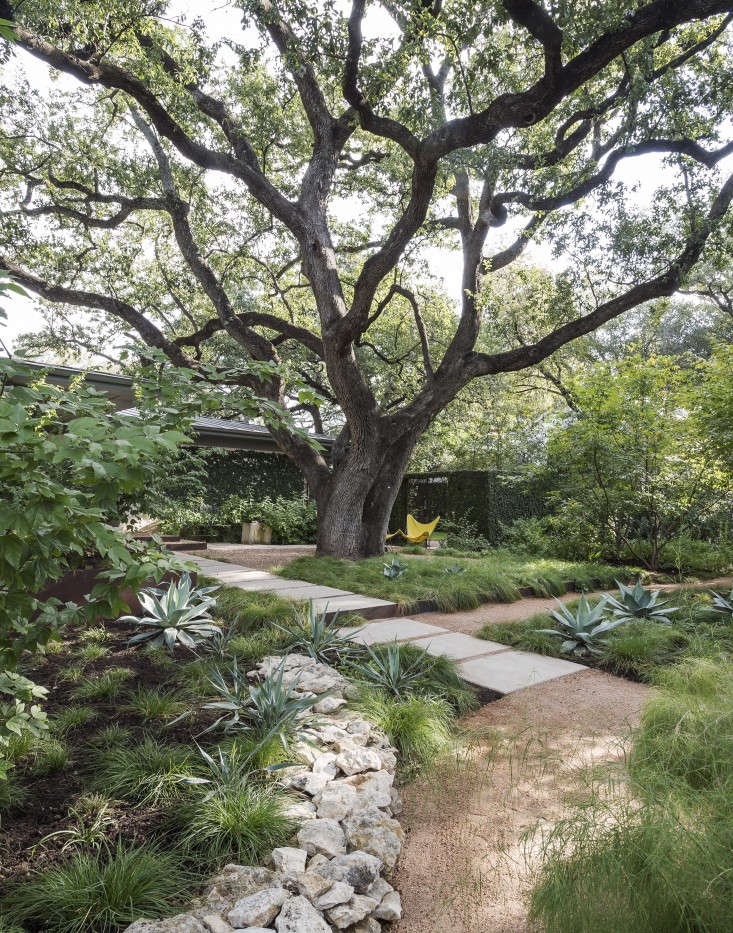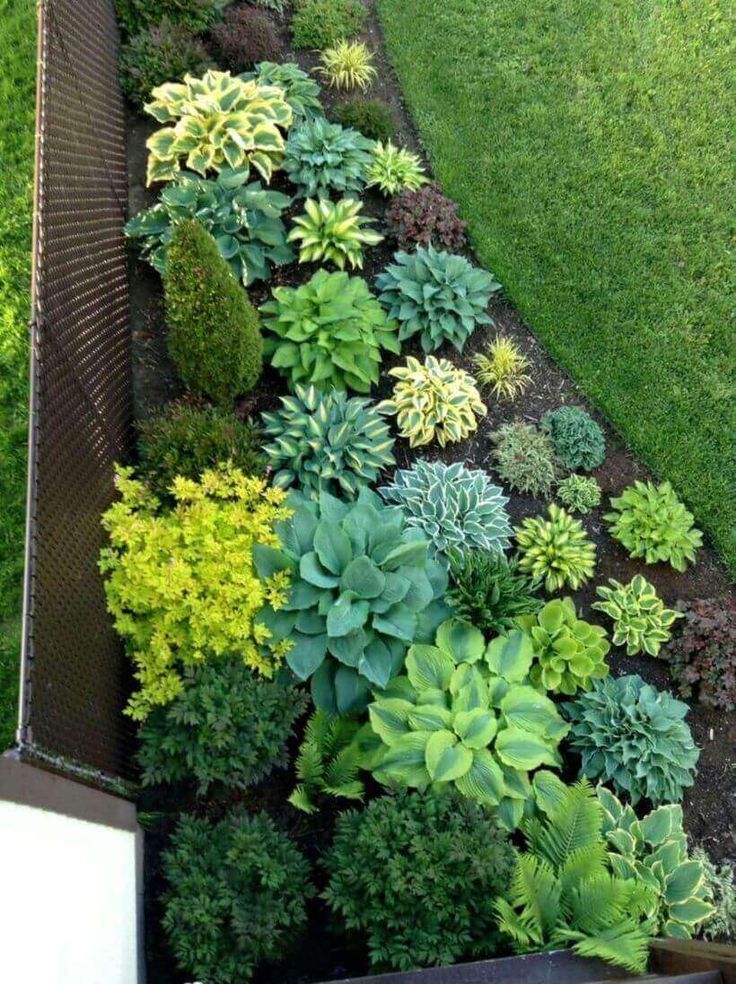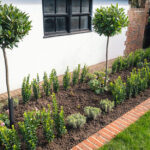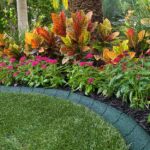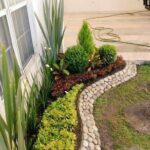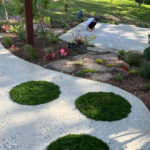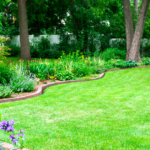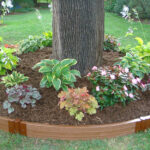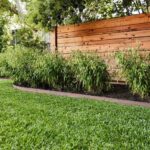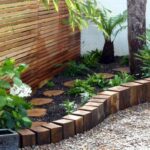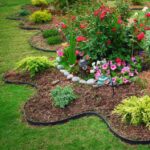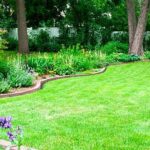Garden design edging is an important element in creating a visually appealing and well-maintained garden. Edging not only serves to separate different sections of the garden, but it also adds structure and definition to the overall landscape. There are various materials and styles of garden edging to choose from, allowing gardeners to customize their outdoor spaces to suit their personal preferences and aesthetic taste.
One popular option for garden edging is using natural materials such as stone, brick, or wood. These materials can create a rustic and charming look in the garden, adding a touch of warmth and character to the landscape. Stone edging, in particular, can create a timeless and elegant border that complements both traditional and modern garden designs. Bricks can also be laid in different patterns to create a unique and eye-catching edging feature.
For a more contemporary and minimalist look, metal garden edging can be a great option. Metal edging is durable, versatile, and can be easily shaped to fit any garden design. It provides a sleek and clean border that adds a modern touch to the landscape. Metal edging is also low-maintenance and long-lasting, making it a practical choice for busy gardeners.
In addition to the material used for garden edging, the style of the edging can also have a significant impact on the overall look of the garden. Straight, clean lines can create a formal and structured garden design, while curved edging can add a soft and flowing touch to the landscape. Choosing the right style of edging can help to enhance the visual appeal of the garden and create a cohesive and harmonious outdoor space.
Another important consideration when designing garden edging is the function it serves. In addition to separating different sections of the garden, edging can also help to contain mulch, gravel, or other groundcover materials. It can also prevent grass or weeds from encroaching on flower beds or pathways, helping to maintain a tidy and well-kept garden. Careful planning and consideration of the practical aspects of garden edging can help to create a functional and aesthetically pleasing outdoor space.
Overall, garden edging plays a crucial role in garden design, helping to define and enhance the beauty of the landscape. By choosing the right materials, style, and function for garden edging, gardeners can create a visually appealing and well-organized outdoor space that reflects their personal style and preferences. Whether using natural materials, metal, or other options, garden edging can add structure, definition, and beauty to any garden design.
